Menu
-
Services
Health

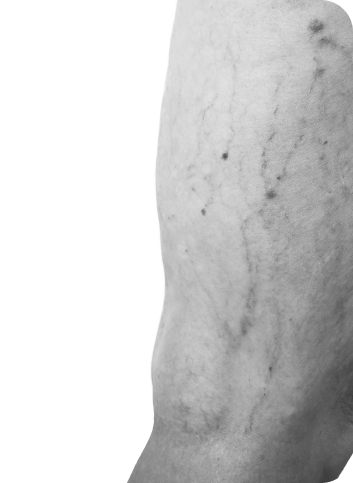

Varicose veins are dilated veins, mostly in the lower limbs. During classic varicose vein surgery, the entire enlarged, non-functioning section of a large or small vein (saphenous vein) is surgically removed from the venous blood circulation. Thanks to this procedure, the recurrence of varicose veins is prevented, which is the biggest advantage of the classic surgical procedure. The operation is suitable for extremely enlarged veins. The procedure is performed under general anesthesia.
It solves the aesthetic problem of enlarged vessles of the lower limbs. During sclerotization, a sclerotizing solution is injected into the vessel located on the surface. The latter subsequently causes irritation of the vein wall and its inflammation, the result
is the collapse of the vein wall and its absorption.
This procedure does not require hospitalization. Depending on the extent of the varicose veins, 1 to 3 sessions are usually required, the duration of the treatment is approximately 15-30 minutes. One session is limited to a maximum of 20ml of sclerosing agent.
After the procedure, compression stockings are worn for 4 to 6 weeks.

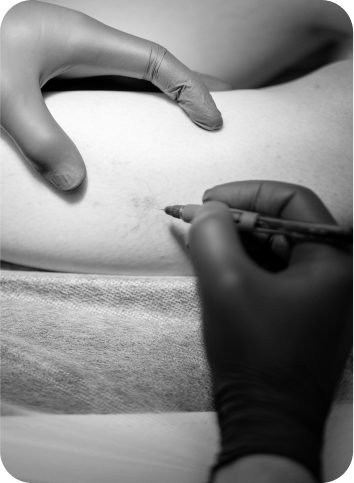


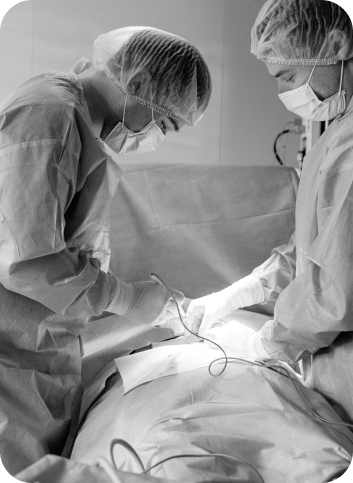

Hernia, is a defect in the region of groin and abdominal wall. Hernia operation consists of closing and reinforcing the defect of the abdominal wall with a standard plastic surgery, or using a mesh inserted laparoscopically, or through an incision. The use of mesh in hernia surgery meets the conditions of tension-free plastics, which in practice means minimal pain and a quick return to normal life. In case of laparoscopic surgery
is reconvalescence also accelerated by the absence of an incision. Hernia operations are performed under general anesthesia, as a last resort
it is possible to perform a classic plastic surgery without the use of mesh
in local anesthesia.
It is a procedure called cholecystectomy, the essence of which is the removal of the gallbladder containing stones or polyps. The operation can only be performed under general anesthesia. The location of the gallbladder is drained after its removal, the drain is removed before discharge. Laparoscopic surgery speeds up the return to normal life
and full capabilities. The absence of a cut has also an aesthetic significance.

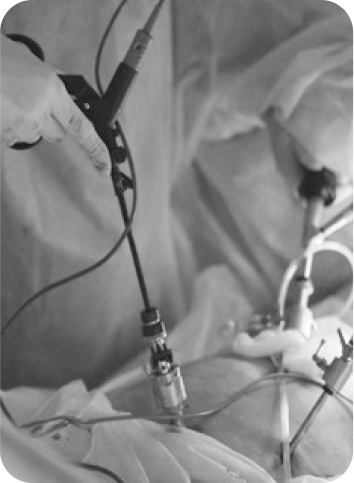




The principle of the operation consists in the laparoscopic removal of the worm-like protrusion of the cecum. For women, laparoscopic surgery brings a benefit in the possibility of revision of the small pelvis
and its surroundings. Laparoscopic surgery speeds up the return to normal life and full capabilities, has aesthetic significance and reduces the risk of complicated wound healing.
The principle of the operation consists in laparoscopic treatment of the abdominal cavity, during which it is possible to diagnose the disease in the abdominal cavity and, if necessary, to remove the disease and remove the adhesions
in the abdominal cavity. The operation brings all the benefits of laparoscopic – miniinvasive surgery.

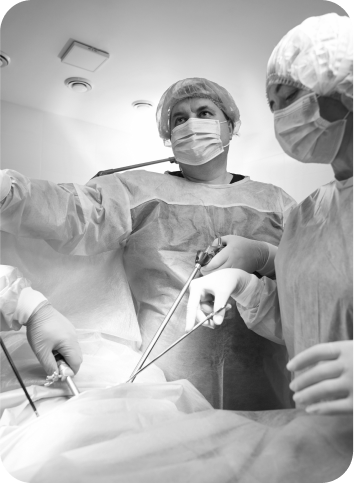




The operation consists in the removal of hemorrhoidal nodes. According to the stage of the disease, we offer the removal of hemorrhoids with an elastic ligature for the initial stages of the disease. For the last stages of hemorrhoids, associated with bleeding and permanent prolapse of hemorrhoidal nodes, we offer surgery
using the Long’s method.
Putting on an elastic ligature is a short procedure, without the need for any anesthesia, hemorrhoid operations are performed
in general or spinal anesthesia.
These are simple operations that remove a painful tear in the anus area – anal fissure, or a oozing opening around the anus – anal fistula. Removal of polyps in the area of the anal canal and rectum. Operations must be performed
in general anesthesia.

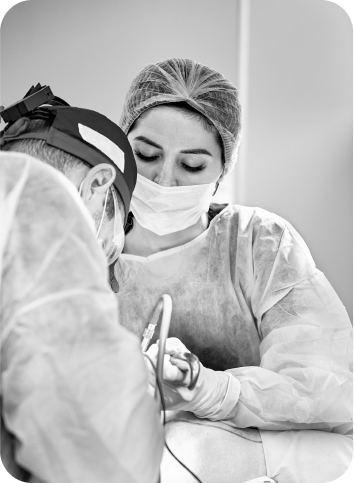




The principle of the operation consists in removing the pathological focus in the mammary gland and sending the lesion for histological examination. The operation is preceded by an ultrasound examination of the lesion and, if the nature of the ultrasound finding is uncertain, a sample is taken for histological examination with a needle – core cut biopsy.
The principle of the operation consists in removing the pathological focus in the sacral region. After removing the cyst, the cavity is drained and the wound is sutured in layers. The operation is performed under general and local anesthesia.




SOFYC Clinic s.r.o. | Bardejovská 24 | 080 06 Prešov